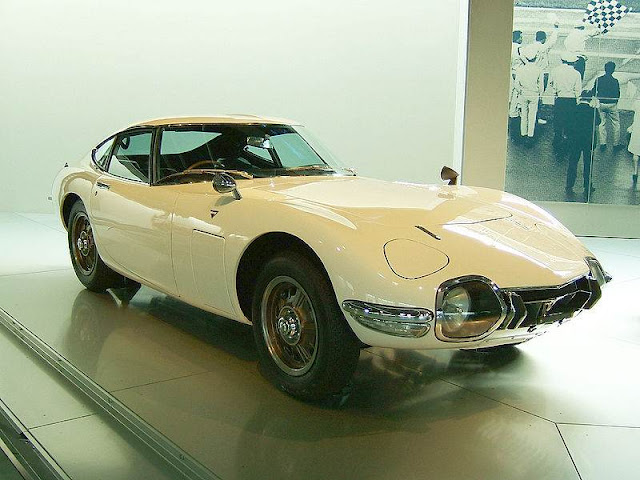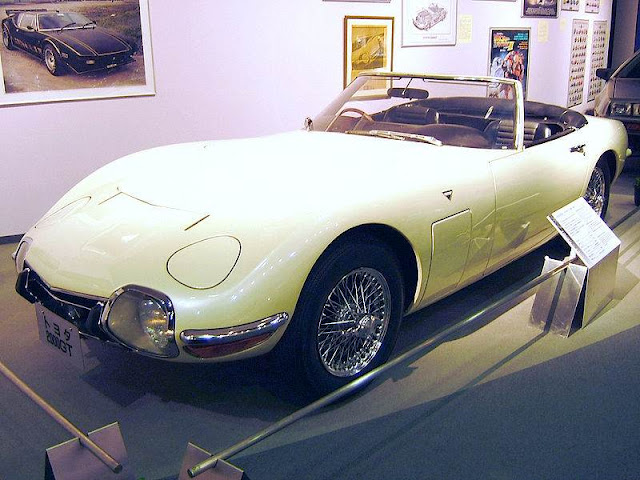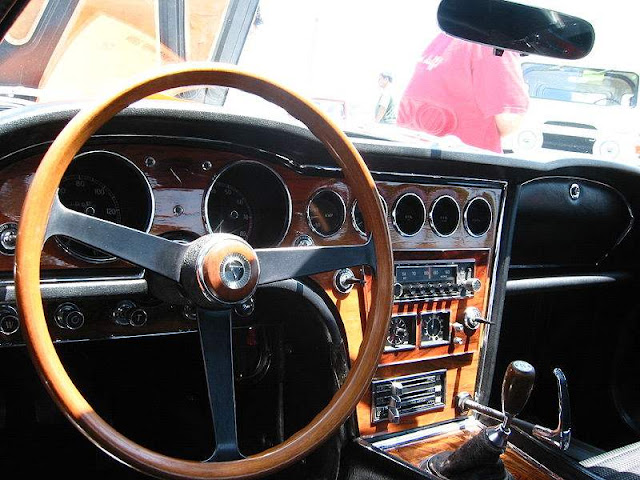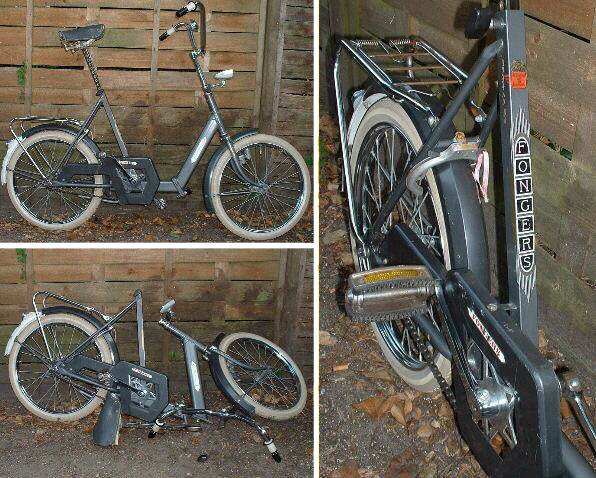 Manufacturer : Honda
Manufacturer : Honda
 Productions : 1981
Productions : 1981
 Engine : Twin cylinder Air-cooled Four-stroke, Single Over Head Cam Parallel twin.
Engine : Twin cylinder Air-cooled Four-stroke, Single Over Head Cam Parallel twin.
 Transmission : -
Transmission : -
Honda introduced several 200 cm³ bikes with similar engines but different body variations in the 1980s. The model introduced in South Africa and Pakistan was known as the CD 200 “Road Master”. It was a detuned version of the Honda CD185 twin. The CD 200 sold more for its looks then performance as its square speedometer, huge front and rear mudguards, twin chrome exhausts, neatly tucked in choke behind handle bars and a chrome plated fuel tank with the Honda logo contributed to an interesting styling.
The bike was a cheap commuter vehicle with a claimed 100 miles (160 km) per gallon and a smooth ride. Too slow for a 200 cm³ bike, its top speed was only 70 mph (112 km/h) as the engine was detuned to keep maintenance cost to a minimum. This bike targeted users who wanted a comfortable cheap transport suitable for long routes with low maintenance. Use of simple drum breaks in rear and front and a single carburetor were other measures used to keep the maintenance low. The bike accelerated hard up to 65 mph (105 km/h); after that it was a flat ride. The engine had to be revved very hard to create any kind of excitement as the bike was too heavy (140 kg) for an engine that produced a modest 16 bhp.
This model suffered from various manufacturing faults like a noisy cam chain and an unreliable electrical starter (later models were upgraded with 12 volts CDI system in the UK.). In the UK the CD200 was affected by legislation restricting learner riders to bikes limited to 125 cm³ and 12bhp. Honda introduced a 125 cm³ Benly after the CD200 was withdrawn.The CD 200 Road Master was sold in South Africa until late 2004 and was used mainly as a courier/delivery bike.It retained the 6 volt electrics and points ignition.
April 15, 2011 – 11:43 pm
1966 Honda RC166 250 Specification :
 Manufacturer : Honda
Manufacturer : Honda
 Productions : 1966
Productions : 1966
 Engine : 250 cc
Engine : 250 cc
However technically interesting and highly developed the Honda RC116 and RC149 may be, the most appealing, the most glamorous racing bike ever built is no doubt the 1966 Honda RC166 six. Although the Italians are known for their creations, Carcano’s masterpiece, the Moto Guzzi V8 500 cc, was a lumpish, ungainly hunk of a motorcycle when compared to the sleek, beautiful lines of the Honda. It’s the comparison between a dray horse and a thoroughbred. In addition to its specifications and beauty came the incomparable, ear-splitting howl of its six megaphones and its invincibility in the hands of Mike Hailwood, which made it a legend in its time.
Although outwardly very like the RC165, internally the engine has been changed and now has a bore and stroke of 41 x 31 mm. See second image at left. Carburetors have cylindrical slides, although sometimes flat slides are used. Power output is 60 bhp at 18,000 rpm. Like the RC149, the bike has oil coolers in the right and left hand side of the fairing. Also new are the brakes, which have now radial cooling fins instead of circumferential ones. Dry weight of the seven speed bike is 112 kg.
 Manufacturer : Volkswagen
Manufacturer : Volkswagen
 Productions : 1975-1981
Productions : 1975-1981
 Engine : dohc 50 PS (37 kW) 1.043 cc
Engine : dohc 50 PS (37 kW) 1.043 cc
 Source : netcarshow.com
Source : netcarshow.com
The Mk I Polo, a rebadged version of the Audi 50, was introduced in 1975. The differences between the Audi and VW models were minor, with the Polo being cheaper and much more basic. The two cars were initially sold along side each other, but the Audi 50 never sold as well, and was withdrawn in 1978. The Polo was manufactured at the Volkswagen plant in Wolfsburg. In 1977, the Derby sedan was released, which was simply a Polo, identical to the hatchback from the C-pillar forward, with a large boot attached (an old Audi proposal, but never sold by this brand).
When first on sale the range topping car, the LS model, featured the 50 PS (37 kW) 1043 cc engine found in the Audi 50. Other specifications included parking lights, rear wash wipe, sun visors, chromed bumpers and 4.5J X 13″ wheels. The N model was the basic starting spec lacking many of the features of the LS. In 1979 the GLS was introduced, replacing the LS as the range-topping car; specification upgrades included chrome headlight and grill surrounds, sunroof, a cigarette lighter and chrome wheel trims.
read more »
January 26, 2011 – 3:51 pm
January 12, 2011 – 6:28 pm
January 3, 2011 – 8:17 am
September 27, 2010 – 3:56 pm
 |
| Toyota 2000GT 1967-1970 |
Toyota 2000GT Specification :
Manufacturer : Toyota
Production : 1967–1970 (337 produced)
Class : Sports car
Body style(s) : 2-door coupe
Layout : FR layout
Engine(s) : 2.0 L 3M I6/ 2.3 L 2M I6
Transmission(s) : 5-speed manual / 3-speed automatic
Reviewing a pre-production car in 1967, Road & Track magazine summed up the 2000GT as “one of the most exciting and enjoyable cars we’ve driven”, and compared it favorably to the Porsche 911. Today, the car is seen as the first seriously collectible Japanese car, the first “Japanese Supercar”. Examples have sold for as much as $375,000 at auction.
 |
| Toyota 2000GT 1967-1970 |
 |
| Toyota 2000GT 1967-1970 |
 |
| Toyota 2000GT 1967-1970 |
Source : http://en.wikipedia.org
 Manufacturer : Alfa Romeo
Manufacturer : Alfa Romeo
 Productions : 1925-1954
Productions : 1925-1954
 Engine : 6C refers to a straight 6 engine
Engine : 6C refers to a straight 6 engine
 Source : netcarshow.com
Source : netcarshow.com
The Alfa Romeo 6C name was used on road, race and sports cars made between 1925-1954 by Alfa Romeo. 6C refers to a straight 6 engine. Bodies to these cars were made by coachbuilders such as James Young, Zagato, Touring, Castagna, and Pininfarina. Starting from 1933 there was also a 6C version with a factory Alfa body, built in Portello.
In the mid-1920s, Alfa Romeo RL was considered too large and heavy, so a new development began. The Alfa Romeo 6C 1500 was introduced in 1925 at Milan, production started 1927, with the P2 Grand Prix car as starting point. Engine capacity was now 1487 cc, against the Alfa Romeo P2′s 1987 cc, while supercharging was dropped. First versions were bodied by Young and Touring.
Toyota Cressida First Generation X30-X40 1978-1980
 Manufacturer : Toyota
Manufacturer : Toyota
 Productions : 1978-1980
Productions : 1978-1980
 Engine : 1.8 L 3T I4, 2.0 L 18RI4, 2.6 L 4M I6, 2.6 L 4M-E I6 EFI
Engine : 1.8 L 3T I4, 2.0 L 18RI4, 2.6 L 4M I6, 2.6 L 4M-E I6 EFI
 Transmission : automatic transmission and 5-speed manual
Transmission : automatic transmission and 5-speed manual
 Source : wikipedia.org
Source : wikipedia.org
The first generation Cressida (designated X30 series) was available as a sedan(X30, X32), estate wagon (X35, X36) or hardtop coupe (X30, X31). In Japan, it was sold as both the Toyota Mark II and the more upmarket Cressida.
Depending on the market it was sold in, it had the 4M carbureted engine (MX32, MX36), the 18R engine (RX30, RX32, RX35) or 3T engine (TX30). The North American models started with the carbureted 4M engine (MX32) but in mid 1978 the fuel injected 4M-E replaced its carbureted counterpart – this was one of the first Toyotas in the US to use fuel injection. In 1979, the MSRP in the US was US$9,190. In New Zealand, where it was locally assembled and sold in a highly specified GL form, it had the 18R engine.
Toyota Cressida First Generation X30-X40 1978-1980
Standard features included air conditioning, automatic transmission (a 5-speed manual was available), power steering, rear seat armrests, AM/FM cassette stereo with amplifier, reclining front seats, and a rear window defroster. The automatic transmission was a four speed overdrive with an overdrive lockout. Power windows were optional. Soundproofing was extensive, and the Cressida was famous for being one of the quietest cars on the road at the time.
1977 Toyota Cressida Coupe
In the United Kingdom, the Cressida was available in both sedan and wagon bodystyles. The only engine available was the 18R and there was one trim level, badged De Luxe. Contrary to popular belief, it was not the same as DX specifications on other Toyota cars, but a more upmarket version of the DX trim level. The Toyota Carina sedan and wagon also sold in the United Kingdom at this time were also badged as De Luxe (but rebadged as DX from 1980 onwards).
August 21, 2010 – 11:14 pm

|
| Fongers M66 1966 |
Specification:
Manufacturer : Fongers
Production : 1966
Type : Folding Bike
Source : oudefiets.nl
![]() Manufacturer : Honda
Manufacturer : Honda![]() Productions : 1981
Productions : 1981![]() Engine : Twin cylinder Air-cooled Four-stroke, Single Over Head Cam Parallel twin.
Engine : Twin cylinder Air-cooled Four-stroke, Single Over Head Cam Parallel twin.![]() Transmission : -
Transmission : -















